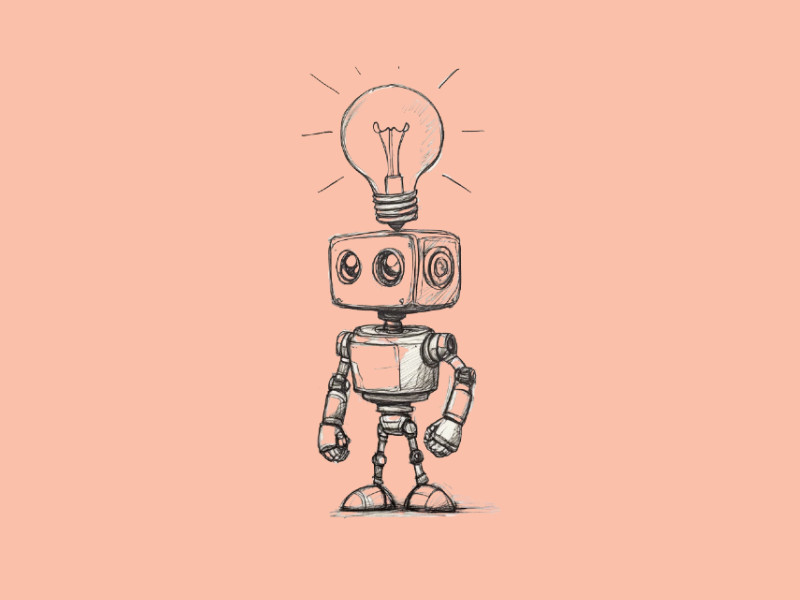Anthropic, the AI company founded by former OpenAI researchers, has introduced Claude 3.7, the first AI model with “hybrid reasoning.” This capability allows users to control how much reasoning the AI applies to a given task, making it a game-changer for complex problem-solving.
What Makes Claude 3.7 Different?
Unlike traditional AI models that generate responses instantly, Claude 3.7 offers users a unique level of control. You can instruct it to deliver a quick, instinctive response or engage in deep, structured reasoning to tackle more challenging tasks.
Michael Gerstenhaber, product lead for Anthropic’s AI platform, highlights this flexibility:
“The user has a lot of control over the behavior—how long it thinks, and can trade reasoning and intelligence with time and budget.”
This ability to fine-tune its thinking process makes Claude 3.7 particularly useful for tasks that require both creativity and logic, such as programming, business analytics, and legal research.
Introducing the ‘Scratchpad’
One of the standout features of Claude 3.7 is its new “scratchpad.” This tool allows users to see how the AI works through a problem step by step. If you’ve ever wondered how an AI reaches a conclusion, this feature provides transparency and insight.
A similar approach has already proven successful with the Chinese AI model DeepSeek. The model gained popularity for its ability to showcase its reasoning process. Anthropic has taken this idea further by letting users adjust how much effort the AI puts into solving a problem.
“If the model struggles to break down a problem correctly, a user can ask it to spend more time working on it,” says Dianne Penn, product lead of research at Anthropic.
This means that instead of just accepting an AI-generated answer, users can fine-tune and refine the model’s approach.
How Does Claude 3.7 Compare to Other AI Models?
Anthropic is not the only company pushing AI reasoning forward. OpenAI and Google have also developed reasoning-focused AI models, but there’s a key difference:
- OpenAI’s o1 and o3 require users to switch between different models for reasoning tasks.
- Google’s Gemini introduced “Flash Thinking” to improve its step-by-step reasoning.
- Anthropic’s Claude 3.7 combines both approaches into a single, adaptable model.
Why Hybrid Reasoning Matters
The ability to toggle between fast, intuitive thinking and deep, deliberate reasoning is a human process. This is similar to what Nobel Prize-winning psychologist Daniel Kahneman described in his book ‘Thinking, Fast and Slow’:
- System 1 Thinking (Fast and intuitive)
- System 2 Thinking (Slow and logical)
Most AI models today operate primarily in “System 1 mode,” producing quick responses but struggling with complex, multi-step problems. Claude 3.7 can shift between both modes, making it more reliable for tasks like:
- Software development – Debugging and understanding large codebases
- Business decision-making – Running in-depth market analyses
- Legal research – Breaking down intricate legal documents
A New Standard for AI-Assisted Coding
Claude 3.7 is particularly strong in coding. It outperforms OpenAI’s o1 model in certain benchmarks, such as SWE-bench, a popular test for AI-assisted software engineering. To capitalize on this strength, Anthropic is launching a dedicated tool: Claude Code.
“The model is already good at coding,” says Penn. “But additional thinking would be good for cases that might require very complex planning. For example, you could be looking at an extremely large codebase for a company.”

